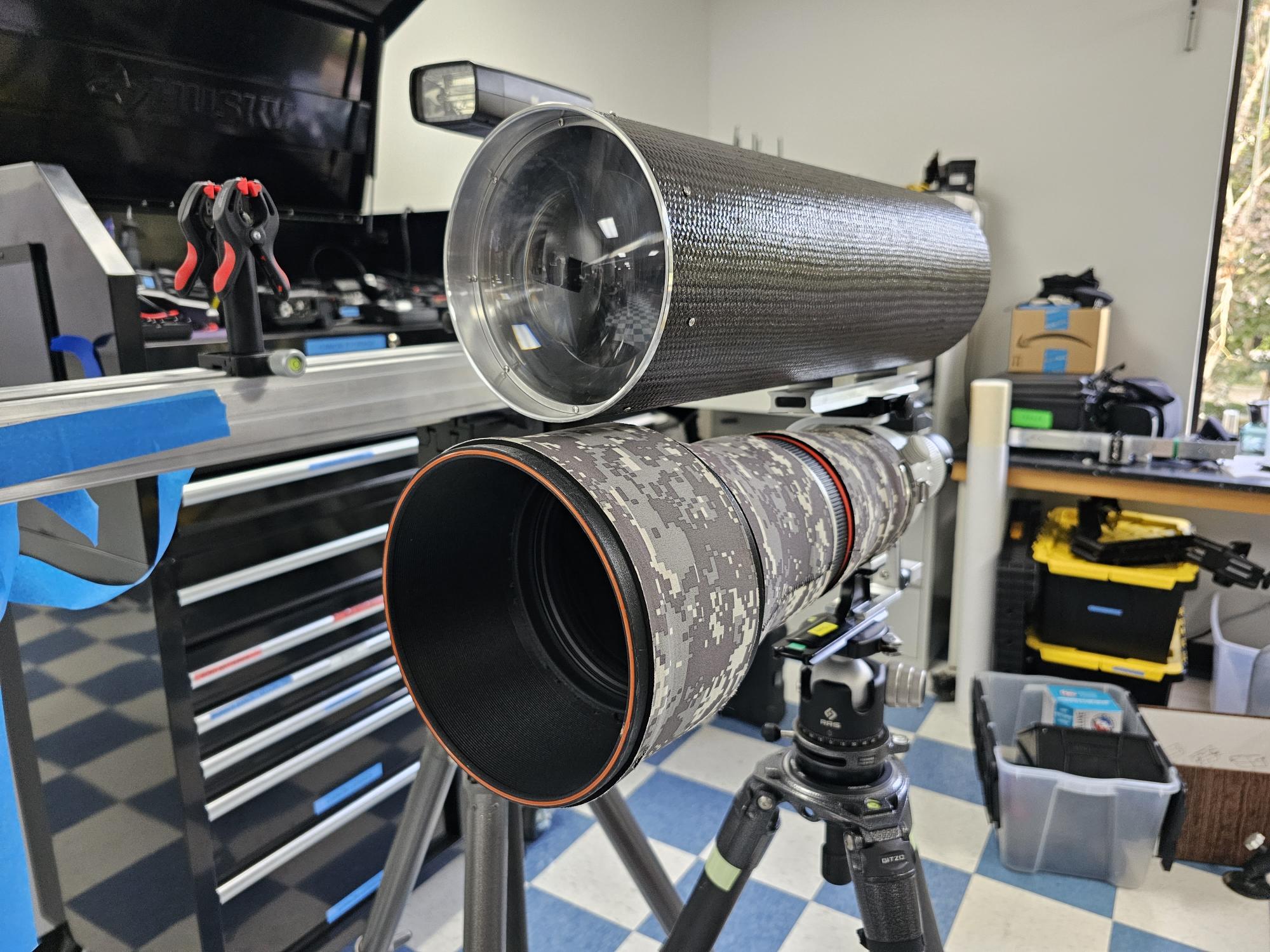
Telephoto flash – what are you using?
A lot of interesting mammals are nocturnal, or are best seen under difficult lighting conditions.
One approach is to rely on the spotlight that are used by wildlife guides during night drives. In Sabah at Deramakot or Tabin this is mostly what I did, and have used this approach in Africa as well. It can work, but it usually requires very high ISO on the camera. Also, the guides lights vary quite a bit. I have found that LEP (laser excited phosphor) flash lights are better in brightness and color temperature than any of the big guide spotlights, but they have a very narrow beam.
My go-to lens for night drives is a 600mm f/4; one can get a faster lens at shorter focal lengths, but the subject becomes very small in the frame.
Some on-camera flashes (aka speedlight) such as the Canon EL-1 or the Nikon SB5000 will automatically zoom out to 200mm focal length. I have also tried this, and for relatively short distances, at moderately high ISO it will work. An animal in the road, or at the side of the road, is often close enough for this approach. But things farther away, or way up in a tall tree (like in Sabah) usually puts the subject out of range.
Having the flash zoom to an approximate field of view of 200mm is still way too broad for a 600mm but for fairly close animals it will work better than a conventional speedlight (which tends to zoom to 100m).
The “better beamer” and several similar attachments add a fresnel lens to a standard speedlight with some velcro and elastic bands. The good news is that these are cheap. That’s also the bad news – they are flimsy and fall apart, or droop enough that the beam misses the subject. This tends to happen just when you need them – at least for me.
I decided to design my own system, which is picture here. It is based on a 6 inch diameter carbon fiber tube. Inside is a Godox AD 200 Pro flash, which is about 2X the power of a typical on-camera speedlight. It does wireless TTL with a transmitter on my Canon camera – but would work with Sony, Nikon or just about any other recent camera with the appropriate.
Yes, it is huge and bulky, but it is very light – it hardly weighs more than the Godox flash unit. Later this week I will take it to Zambia and Zimbabwe for a month.
The downside of a flash like this is that you can get incredibly strong eye-shine from the subject. But the only way to prevent that would be to have the flash pointed by an assistant that was not near the photographer. That obviously does not work for most night drives.
One other point is that this sort of system can also work as a fill flash for animals in shade. This is particularly true for mammals with dark fur in the shade – they can be like the proverbial black cat in a coal bin at midnight. I hope to photograph a black leopard later this year, and this is a consideration.
Some people worry that flash will harm an animal’s eyes. So I decided to check this out. In case it is of interest to people on the list, here is what I found.
First, if that were true, then fashion models or celebrities would retire blind from all of the flashes from red carpet appearances and photoshoots. They don’t because the flash is actually less light you typically get from sunlight, so it is not harmful to human eyes. That is also true for mammals – even nocturnal ones – because they are invariably able to be in daylight without harm, even if that isn’t their typical habitat.
This study https://zslpublications.onlinelibrary.wiley.com/doi/pdf/10.1002/rse2.243 for example, concludes that white light flash on camera traps in caves is “minimally invasive” for hibernating bats inside caves. For large mammals, this recent (2021) Norwegian master’s thesis says there is no statistically significant impact of white light flash https://www.duo.uio.no/bitstream/handle/10852/86599/thvalle_master.pdf?sequence=1. The context is behavioral studies for camera traps but it seems quite relevant. This 2021 paper from Italy has a similar conclusion for urban mammals http://www.italian-journal-of-mammalogy.it/A-shot-in-the-dark-White-and-infrared-LED-flash-camera-traps-yield-similar-detection,136508,0,2.html .
Second, the exposure on the camera is an independent source of information that this isn’t the case. Let’s say you put a spotlight on an animal and the camera’s internal light meter says you need a 1 sec exposure without flash. That’s too long to get a good picture; a flash will make that take 1/1000 of a second. But assuming the flash reaches the same exposure, the total amount of light is the SAME. The impact of light on a retina, or a camera sensor, is about the total amount of light delivered.
One can always posit that the animal might have a momentary dazzle from the flash, but they will get that from the spotlight also. Spotlights during night drives generally linger for much longer than just the exposure time.
Net-net, I don’t think that flash is a significant harm on the animals that I go to watch and photograph.
Nathan
Post author
11 Comments
-
JanEbr
Better Beamer is so flimsy that is creates bad reputation for an entire field of products. I am using MagBeam and I quite like it – it’s lightweight, packs to a very small package and it works quite well. The main problem in using horseshoe-mounted flashes with focusing optics actually isn’t the focusing optics nowadays, but the horseshoe mount and the mechanics of the flash itself. I had a second-hand Canon 580 and what gave up was the mechanics of the mount . Now I have a Godox 685 – it holds better in the mount, but the mechanism that allows the top part to rotate around horizontal axis is not great and it sometimes points a bit off. This is probably overlooked by almost everyone as without the extra optics, it doesn’t matter.
-
charleswhood
Charles Hood and Jose Gabriel Martinez Fonesca have done a lot of night shots for book projects. For mice and herps and bugs — things relatively close and done with a macro lens — you really do get better results to use a wireless transmitter and an off-camera flash. For on-camera flashes, we also are fans of after-market diffusers. I use both Godox and Nikon speedlights, with a bit of fill light from a handheld spotlight. That plus medium-high ISO usually gets a nice, non-redeye, non-over-lit image. You can pull out a lot of detail afterwards with Lightroom. As for the harm from flash, another justification that I use to quiet my own guilt is to think about lightning. Surely animals are evolved to “withstand” that kind of light? A lightning flash seems brighter than anything my own camera can produce. / ch
Leave a Reply
You must be logged in to post a comment.


Lennartv
Always interesting for me to see a new perspective on this subject. The setup certainly looks impressive! Those that are less handy than you might consider buying the Magbeam Wildlife Kit. It seems to work according to the same principle. I have that one myself.
I have used it in a couple of places, but in the end I decided to turn back to working only with the torch and not with flash. As you have pointed out already eyes light up very easily with enhanced flash and if the lighting up extends beyond just the pupils it is very difficult or impossible to nicely fix in Photoshop afterwards. For me it makes all the difference in a picture when the eyes are looking natural or lit up.
I typically shoot at ISO 12.800 these days, but with the new noise reduction software like DxO labs these days this usually produces a decent picture. You work with a really good lens (although it is heavy) which should allow you to go for even lower ISO. I work with the Canon RF 100-500 which has an aperture of 7.1 at 500mm. The benefit of a smaller lens like mine is that it is possible (although not very easy) to hold the flash with one hand far away from you and taking pictures with the other. That can be a solution when you are alone and don’t have anybody to hold the torch. Also with the newer models it is more an more common to be able to shoot 20 frames (or more) a second which allows to have much more keepers even with low shutterspeed.
Lately I have been experimenting with attaching a flashlight to my camera with Smallrig gear. It seems to be a really nice solution for me for those situations when I need a record shot quickly. I think I will write a short report on this setup soon.
For reference I have a couple of pictures. This one was shot with my latest setup with a Fenix HT18 attached right above the lens.
https://waarneming.nl/media/photo/75391443.jpg
This was shot at about 40m away with ISO 12.800 in torch light just to show that you can get pretty good quality even with small subjects.
https://observation.org/media/photo/66169046.jpg
This was also shot with ISO 12.800 but more up close which can bring really good results
https://waarneming.nl/media/photo/62563802.jpg